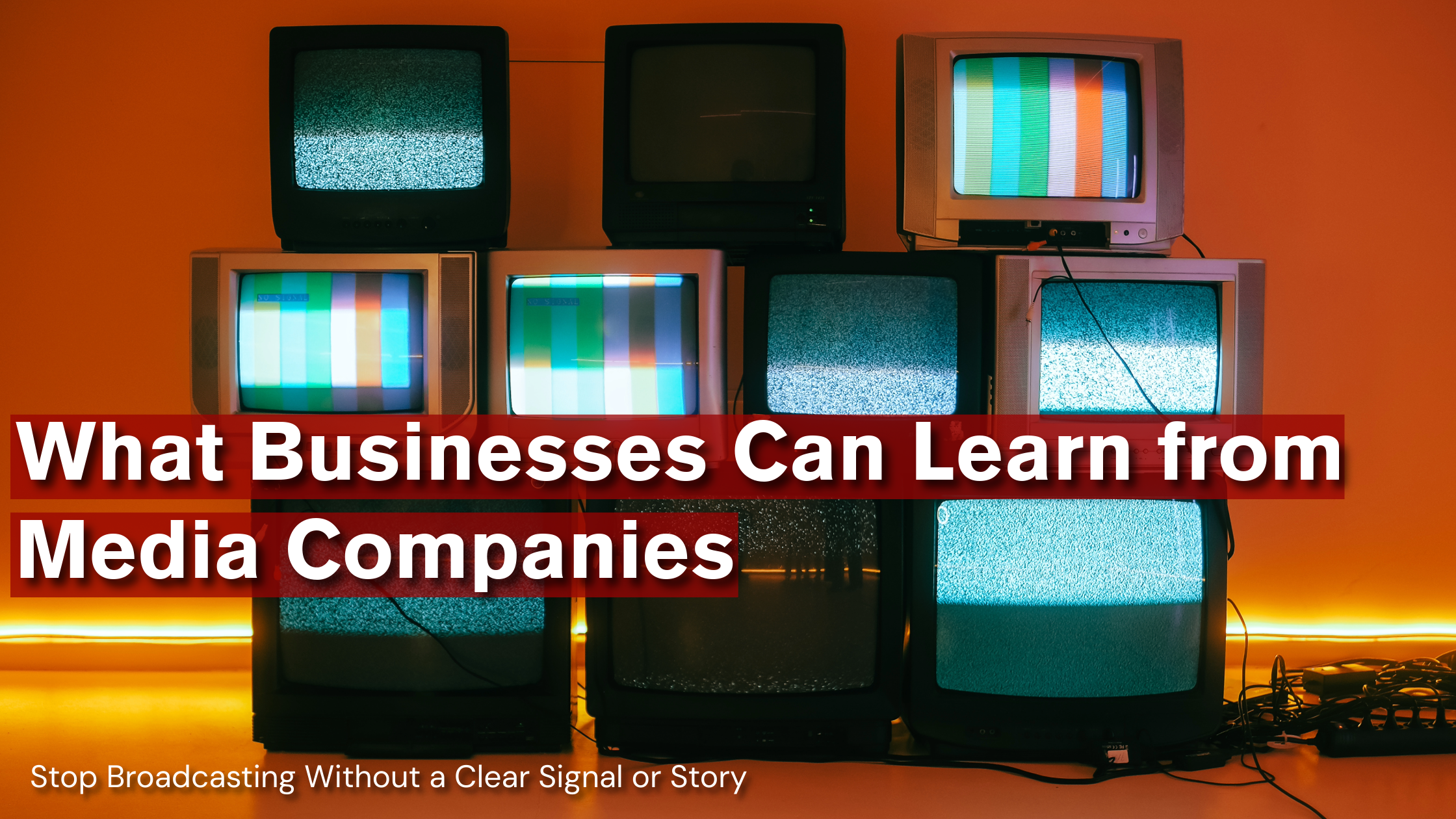
Introduction: The Pitfall of Mimicking Content Creators
I am a child of the 80s. I grew up watching Saturday morning cartoons—a ritual that was practically sacred. I am part of a generation of rabid fans of GI Joe, Transformers, Barbie, and My Little Pony.
What I didn’t realize back then (or maybe I did, but I didn’t care) was that these weren’t just shows—they were 30-minute commercials. Well, technically, they also had commercials. But these businesses, these brands, were creating content. They went beyond selling toys. They built characters, and stories, and stakes that kept us coming back week after week.
And it worked. They created not just products, but entire worlds we wanted to be a part of.
Fast forward to today, and it feels like many businesses have lost the plot—literally. They’re creating content, but without the characters, stories, or stakes that made us care in the first place. Like static on an old TV, many businesses are broadcasting without a clear signal or story.
There’s a better way. The true unicorns of content strategy—the ones getting it right—are media companies. They don’t just engage audiences; they do so with intent and purpose, blending creativity, structure, and strategic goals.
From the Social Graph to the Interest Graph
For years, platforms like Facebook and Instagram connected users through their social graph—friends, family, and acquaintances. But that’s changing. These platforms are shifting toward the interest graph, prioritizing what people engage with over who they know.
This shift is why the “look at me” approach of influencers doesn’t work for everyone. It’s not about broadcasting your message; it’s about meeting your audience where their interests already lie.
Media companies have always understood this. Platforms like YouTube, built as discovery engines, thrive because they prioritize content that matches user interests. Businesses can adopt this mindset by asking themselves a key question: What do people care about, and how can we create content that resonates?
What Game Are You Playing?
When creating content, it’s crucial to know which game you’re playing. Are you creating:
- Discovery content to reach new audiences?
- Community content to build relationships with existing followers?
- Sales content to drive conversions?
Each type of content serves a distinct purpose. Media companies thrive because they understand this distinction and create content with clear intent. Their success isn’t accidental; it’s systemized and strategic.
Lessons from Gary Vaynerchuk
Gary Vaynerchuk is a great example of this progression. He started as a business owner with selling wine ( Wine Library), became a content creator teaching people how to select wine ( Wine Library TV), and eventually grew into an influencer with a personal brand. At each stage, he understood the game he was playing and adapted his content accordingly.
That’s the kind of clarity businesses need when approaching their content strategy.
Why Media Companies Are the Model
Media companies succeed because they focus on creating content that resonates deeply and strategically. Here’s how businesses can learn from them:
- Audience-First Storytelling
Media companies create stories their audiences care about. For businesses, this means shifting from “Let us tell you about our product” to “Here’s a story that solves your problem or sparks your curiosity.” - Structured, Repeatable Systems
Forget the inane tropes like “Motivational Mondays.” Media companies operate with structured formats—series, themes, and clear run-of-show approaches. This kind of consistency keeps audiences engaged while streamlining production. - The Long Game
Media companies don’t rely on overnight success. Their content builds value over time, creating a cumulative effect. Similarly, platforms like YouTube thrive on a long-tail strategy, where content gains traction as the algorithm learns who it’s for. - Diversify Content Goals
Media companies don’t put all their eggs in one basket. They monetize through ads, subscriptions, licensing, and more. For businesses, this means creating content for lead generation, nurturing relationships, and driving sales—not just one of these goals.
Takeaways for Businesses
- Align Content with Interests:
Focus on what your audience cares about, not just what you want to say. - Build Systems, Not Just Content:
Develop a repeatable approach to creating and publishing content. Consistency is more important than perfection. - Create Structured Series:
Think like a media company. Plan content with a clear structure, like a recurring Q&A or behind-the-scenes feature. - Iterate Based on Data:
Use analytics to refine your approach. The more you publish, the more you learn about what works.
The Takeaway
Media companies offer a roadmap for businesses to rethink content strategy. By combining creativity with structure and audience-first thinking with strategic goals, businesses can create content that not only engages but drives meaningful results.
The key is to stop mimicking creators and start thinking like a media company. It’s about creating content with intent—content that connects.
If you’re ready to transform your content strategy, check out my free guide: The Science of Storytelling: 3 Psychological Principles to Make Your Brand Unforgettable. Download it here and start creating stories that resonate.
